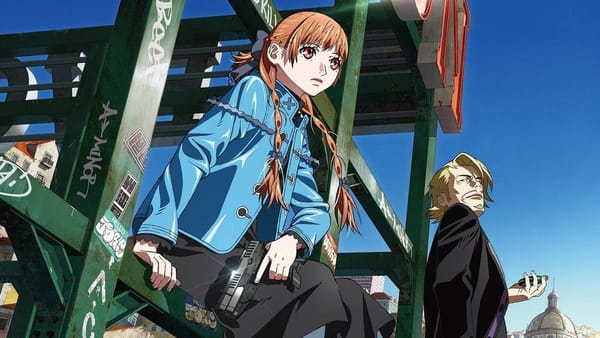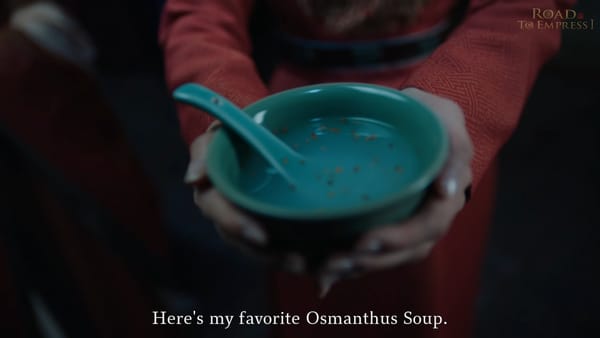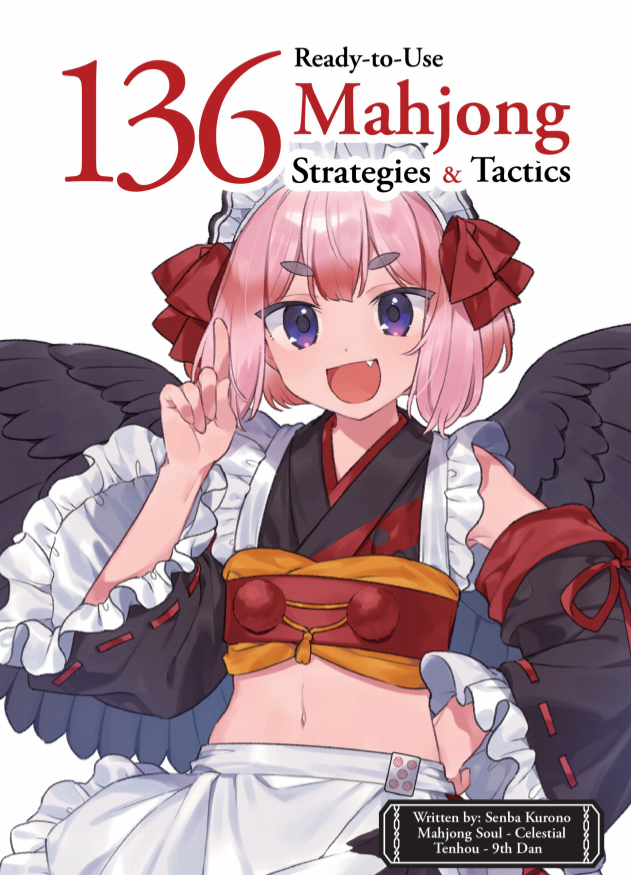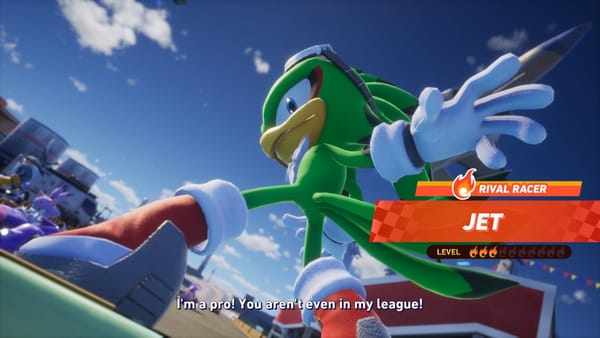Dragon Ball Super: Super Hero is a dad comedy starring DB's favorite second-stringers
I too saw the popular movie
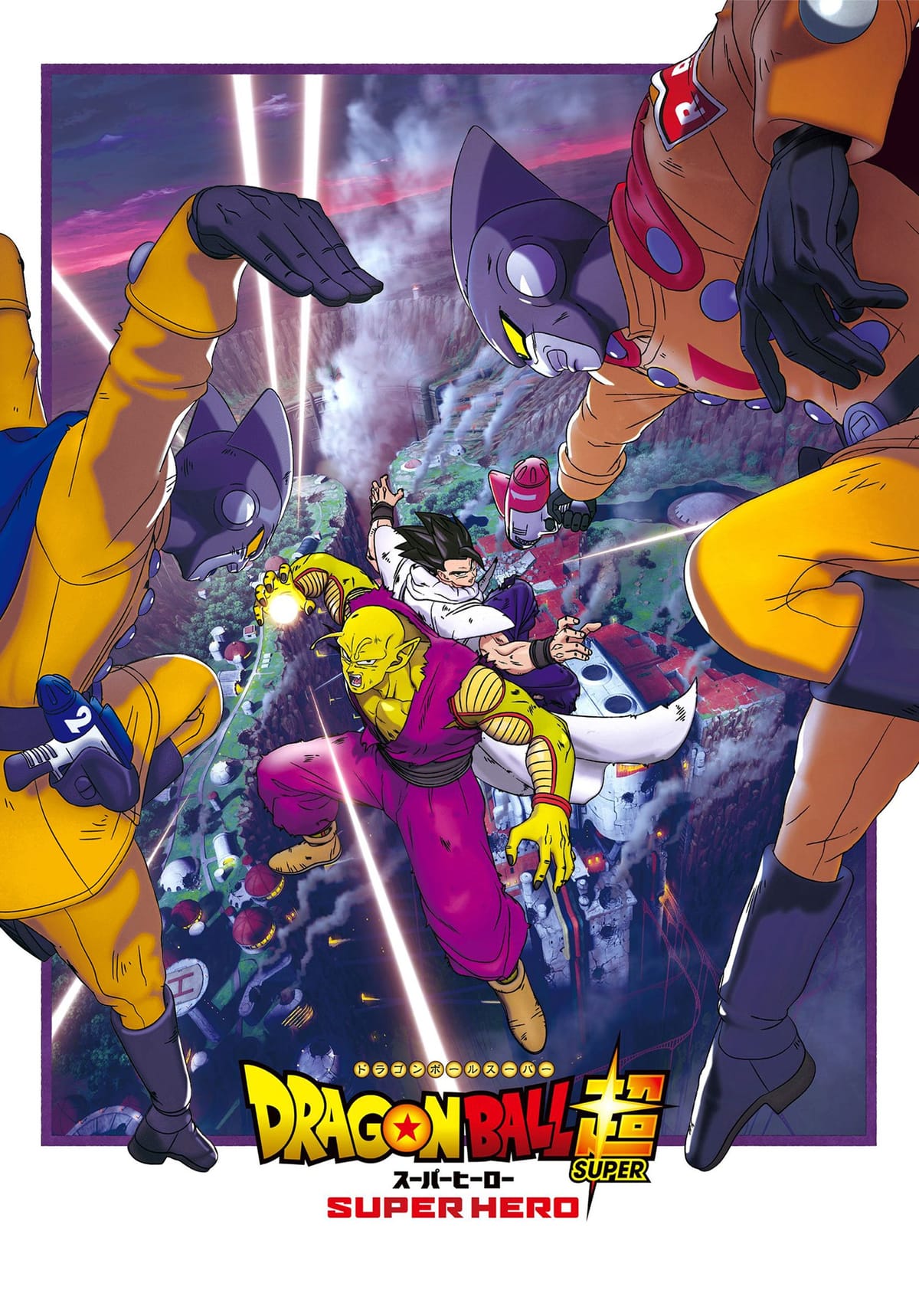
The Dragon Ball series, particularly Dragon Ball Super, are about two things: massive hand-to-hand battles between mega-powered aliens… and broad family comedy.
Dragon Ball Super: Broly was a non-stop, ecstatic ode to Dragon Ball battle, impossible to top for spectacle. It would have been pointless for Toei Animation to follow up Broly with another action movie, so they didn’t.
Dragon Ball Super: Super Hero is a comedy.
Perhaps due to its well-earned reputation as a fight fest, I don’t think Dragon Ball gets enough credit for being funny. Of course people will call it stupid— it is gleefully so— but Dragon Ball is also funny. On purpose.
Its roots are in comedy, after all: Dragon Ball is a silly, wacky adventure for kids that happens to have transcended itself and grown up with the multiple generations that have loved it.
People care about the fighting because of the comedy; Dragon Ball fans understand the characters deeply and talk about them like old friends. And if you’ve ever debated whether Son Gohan is Son Goku’s son or Piccolo’s, this is a movie for you.
The setup
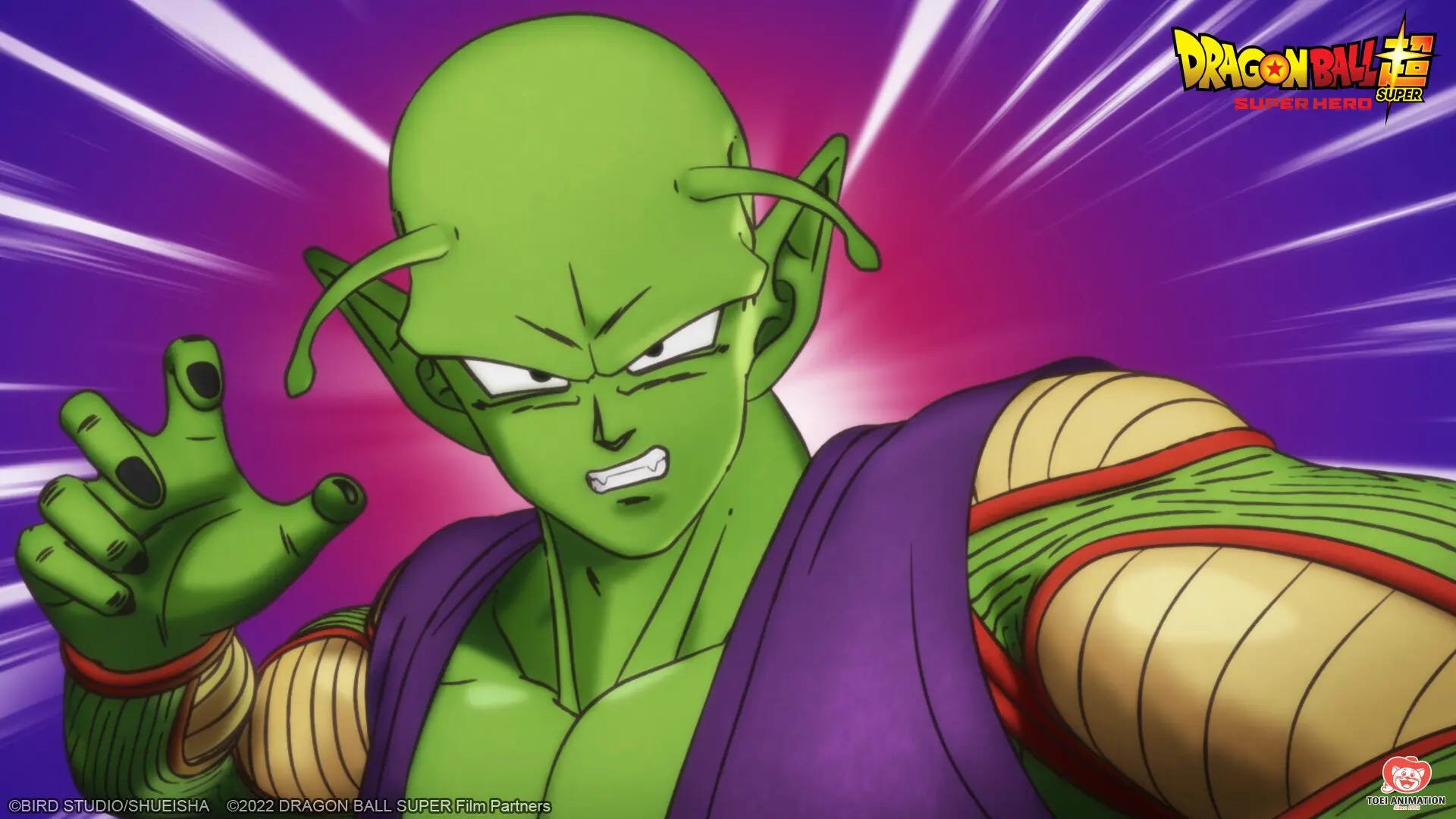
Super Hero is a movie about the B-listers of the Dragon Ball world, starring Piccolo. This reformed villain and cool-headed voice of reason is an unlikely but quite smart choice for protagonist: audiences love him, and the impossible power escalation of the main characters has kept him sidelined for years. A comedy about his step-father bond with Son Gohan? Yeah, that works!
Of course, for Piccolo to really take center stage, you have to write hero and rival Goku and Vegeta out, and the audience has to accept that you wrote Goku and Vegeta out.
It’s such a big deal that the entire film comes to a screeching halt for about twenty minutes as we watch Goku, Vegeta, Broly, and friends on a training vacation at Beerus’ residence. It’s a very silly detour that knows exactly what fans want to see and gives them just a pinch of it, though the film makes clear that it is more interested in watching Beerus eat ice cream on the sidelines.
Without our god-fighting protagonists around, the threat is a little more B-rank too. The new villain organization is an attempted revival of the Red Ribbon Army: maybe you remember Dr. Gero and the Androids from way back in series history.
The new android builder is Dr. Hedo, a quirky sociopath kid who strongly resembles young Gru from the Despicable Me movies (is Toriyama a Minions fan?!). His Gamma series androids— one serious and stoic, and the other played by Mamoru Miyano— are the special guests this time. Are the Gammas friend or foe? Well, let’s say that Hedo and the Gammas have a character arc all their own.
Realizing quickly that he isn’t strong enough to deal with the Gammas on his own, Piccolo alerts the full B-and-C-list of Dragon Ball allies, as he tries to spur his pupil Gohan into action.
One of the delightful parts of this movie is seeing Piccolo and Gohan’s family relationship. Both Gohan and his wife Videl dump all their childcare chores on Piccolo to pursue their own priorities. Piccolo is a frustrated nanny, making the best of it by training Gohan’s daughter Pan to fight.
Even as crisis looms, nudging Gohan into action— much less getting him strong enough to deal with these threats— is an uphill battle. But Gohan, as always, just needs strong motivation. You’re going to cheer for him when the moment comes.
The animation
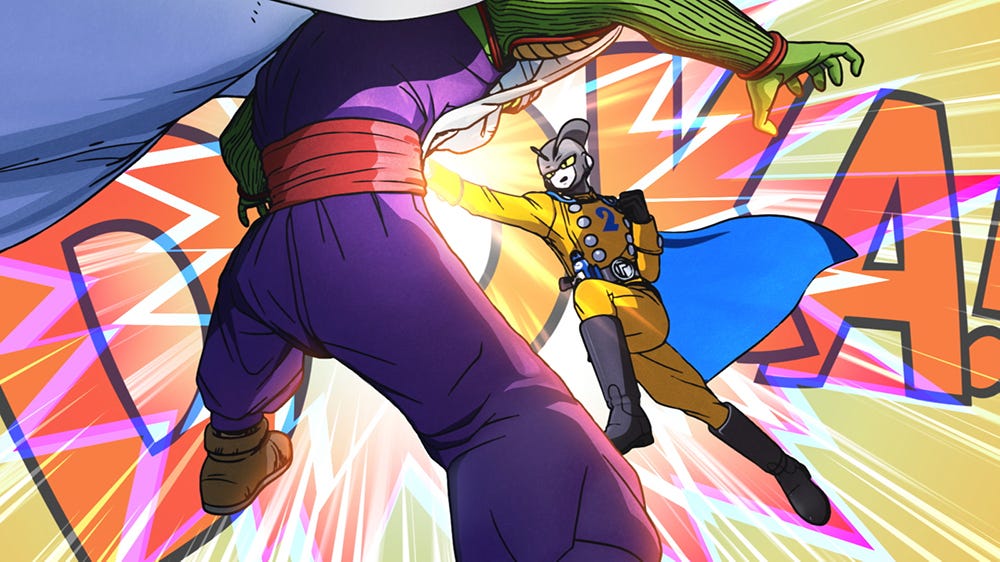
By the way, this is a completely computer-animated movie. I’m pretty sure there isn’t a single 2D hand-drawn cut in it, but honestly, the high-quality CG tricked my eyes many times.
When characters are still, or in conversation— particularly at the beginning of the movie— the CG models can look a little blocky, but when they move, the illusion is complete. There’s great personality in their movements, and an abundance of silly background gags in the Akira Toriyama tradition.
One wonders, in a conspiracy-theory sense, how much the animators for this film took away from the animation techniques used in Dragon Ball Fighterz.1
When the characters fight, the 3D animators really prove themselves. Not just imitating the traditional Dragon Ball fight style, the animators bring a physicality to it. Looking like absolute showoffs, they specifically aim to accomplish all the stuff that’s hard to do in 3D— that feeling of weight, contact, even full-on pro wrestling moves— and make it all land flawlessly.
Many of the cuts in this movie look exactly like hand-drawn pencil work, and that’s an achievement.
It’s funny
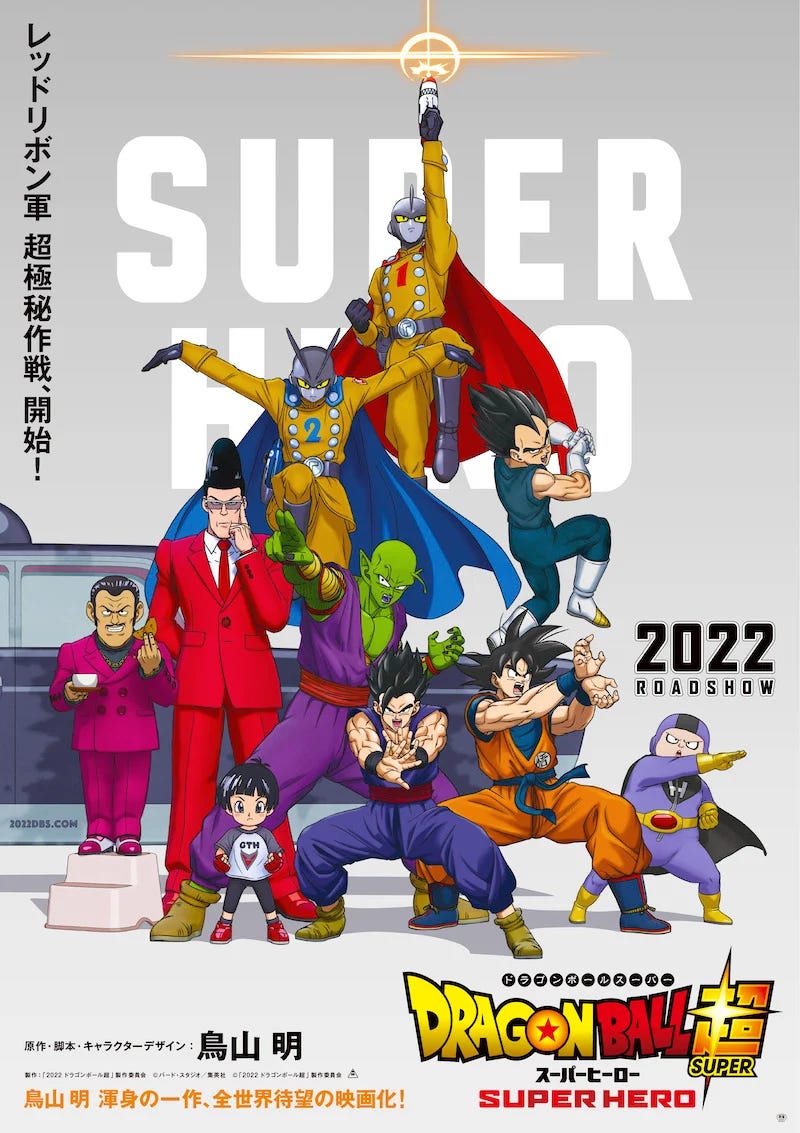
But I maintain the movie’s a comedy: I heard more laughter in the theater than I heard during any of the other Dragon Ball Super films (except for Battle of Gods, which is a genuine farce in the best way). From the childish schemes of the Red Ribbon Army, to an indifferent Shenlong granting the dumbest possible wishes with a shrug, to everybody verbally destroying poor Krillin every time he appears on screen, the laughs rarely stop in this movie.
When they do stop, it’s for some incredible moment of awe, none of which I will spoil.2
After seeing Broly in the theater for the first time, I was so pumped I couldn’t go straight home: I walked a couple miles across the city because I had to let the energy out.
After Super Hero, I couldn’t stop smiling; remembering the characters, laughing about them. I was genuinely happy for (the fictional characters!) Piccolo and Gohan, finally getting moments in the sun after 30 years.
These are two different kinds of satisfaction.
